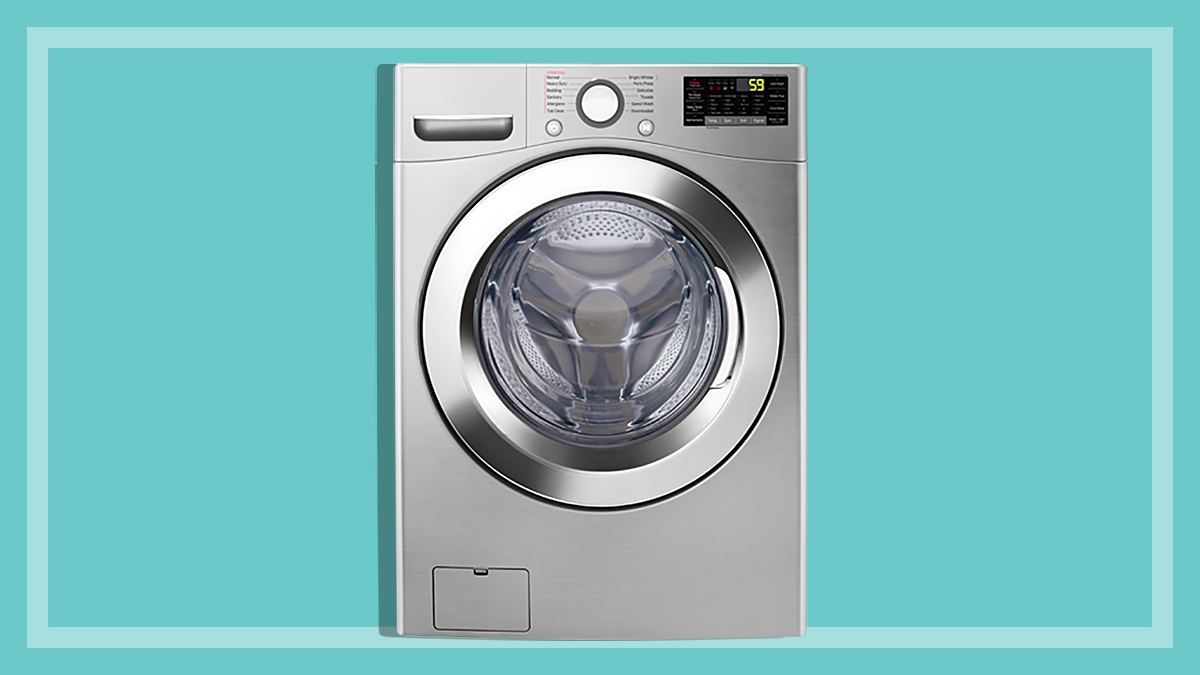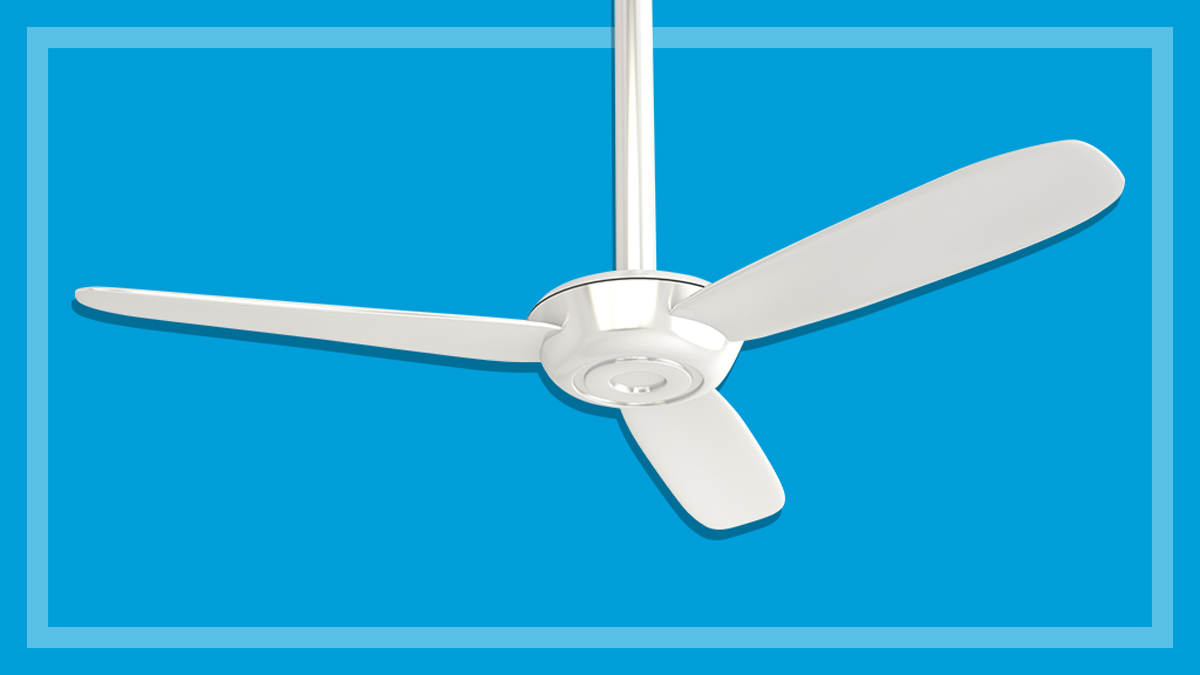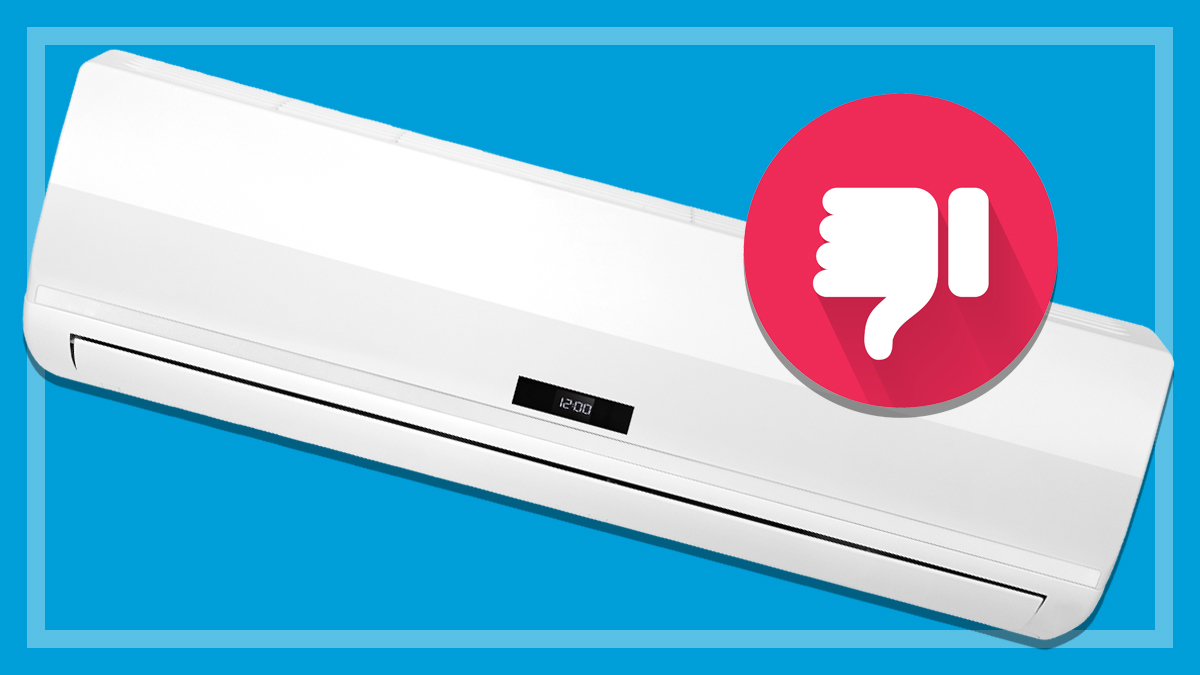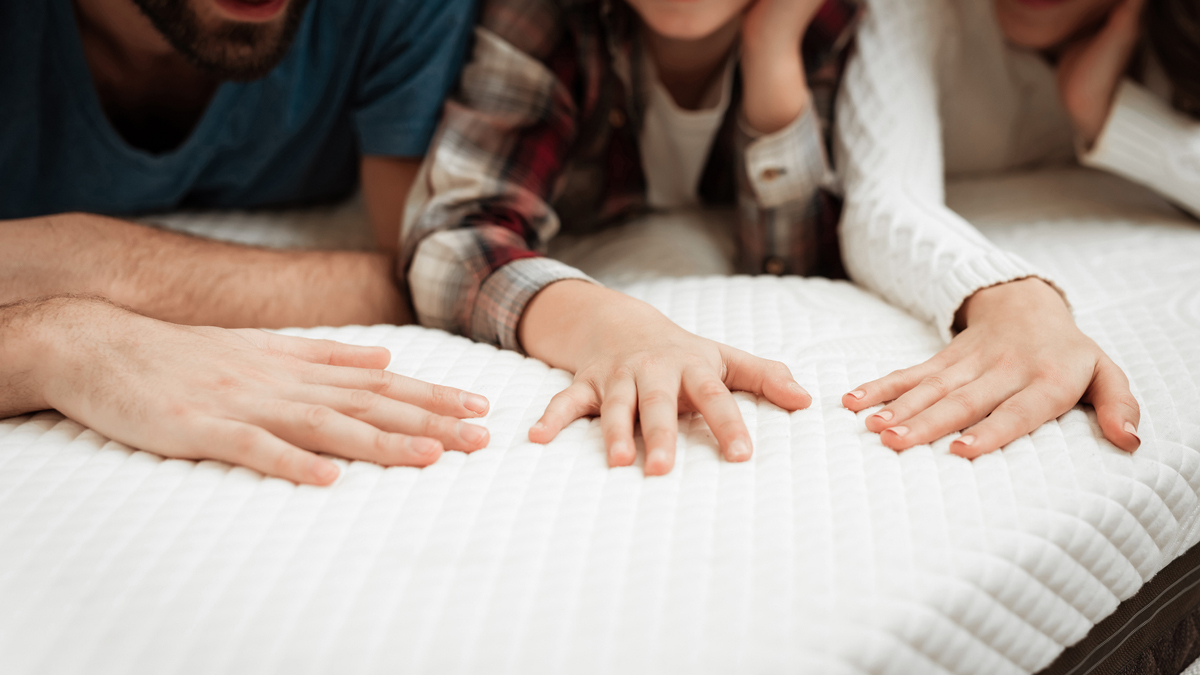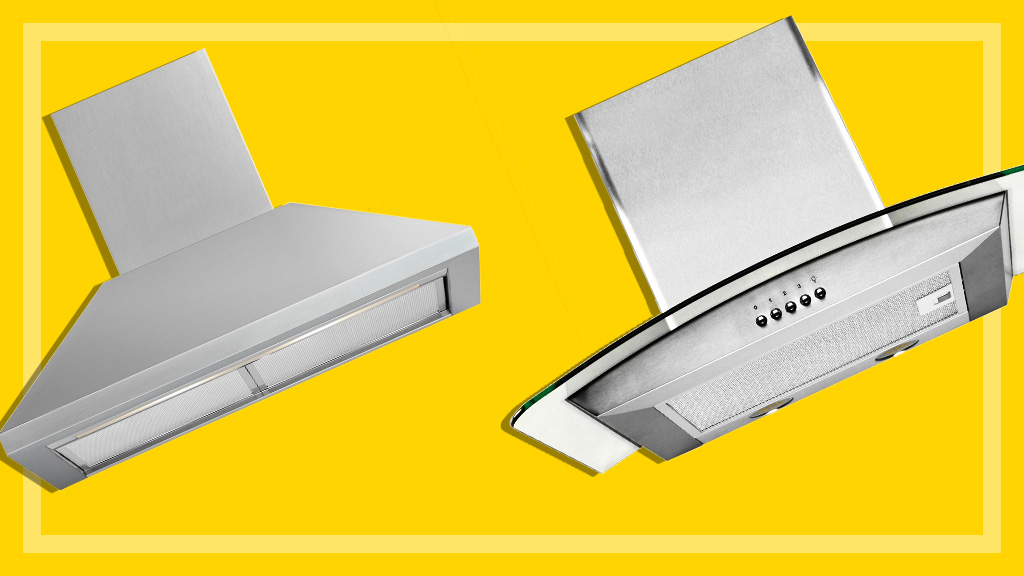Get our independent lab tests, expert reviews and honest advice.
How to clean your washing machine
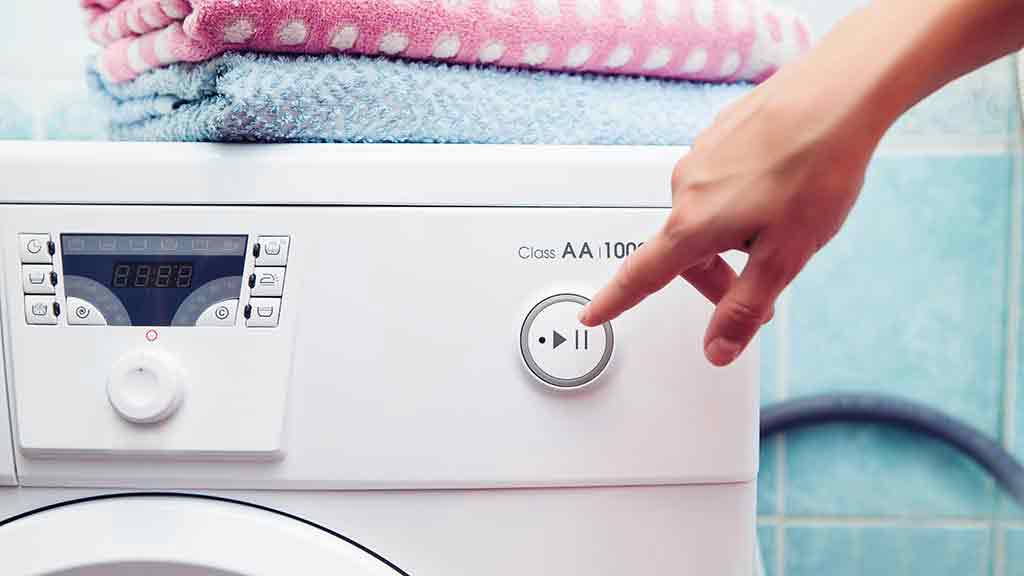
Unless you hate your neighbours, you probably want to keep your washing machine and dryer in good shape, so they don’t rattle around and chase each other across the floor when they’re off-balance.
On this page:
It’s also nice when you can just pop clothes in, press a button and come back to them perfectly clean and dry – no stains, detergent residue, or unexpected shades of colour.
Luckily, washing machines aren’t that complicated – the most common issues are easily solved. Learn how to deal with them yourself and you’ll save a lot of money on service and call-out fees over the years.
How to clean your washing machine
How to clean your washing machine
Every use
- Wipe out the inside of the door seal to clean off mould and scrud (the detergent deposits that can built up inside your machine).
- If you have a top loader, clean the lint filter.
- Leave the door ajar (if your laundry allows) to help prevent mould growth and extend the life of your door seals.
- If your machine has shifted during a cycle and is now off-balance and unstable or uneven, move it back into place then adjust the feet to make it level again.
Every month
- If you only wash in cold water, run a cleaning cycle or run the machine empty on its hottest cycle with a bit of detergent. This will help clear out scrud.
- Wipe away mould deposits on door seals and other surfaces using hot soapy water and a soft cloth.
- If you notice any scrud build-up inside the drum, remove it with hot soapy water, a sponge and a bit of elbow grease.
Every year
- Check if the machine is properly levelled and adjust feet accordingly if necessary.
- Scrub detergent out of nooks and crannies with a toothbrush. Don’t forget about the detergent dispenser.
Do you need to buy washing machine cleaner?
Good news – no you don’t. There is no reason for you to have to buy another product to clean your washing machine.
Marketing departments love making products you don’t need. It’s called diversification and preys on our imagination that a need exists where there is none. Whether that’s Dettol washing machine cleaner, Pine O Cleen or any one of a number of other products on the market.
How do you deal with detergent residue being deposited on your clothes?
Some of the insoluble ingredients in detergents, as well as some dirt residue may not always get washed out of your clothes, particularly if you wash using a low-water program.
Follow these steps if you’re finding there’s residue remaining after your final rinse.
- Check you’re not overloading your machine.
- Use less detergent. Our laundry detergent tests show that you can use even a quarter of the recommended dose and still get a good wash.
- If you wash in cold water, pre-dissolving powdered detergent in warm water before pouring it into the machine can help.
- Try using a clear or translucent liquid detergent instead of a powder.
- Store your detergent in an airtight container to prevent it becoming clumpy, which can make the problem worse.
- Try putting the residue-affected clothes in a dryer on the ‘air-dry’ setting (that is, without heat, just using the fan) for five minutes. You might find this helps knock off the residue.
CHOICE tip: Check the pockets of your clothes for coins and keys as you load the washer. An errant coin can make its way past the seals and into the gap between the washer’s two drums, where it can punch a hole in the outer drum and destroy your machine (not to mention flood your laundry).
What to do if you’re concerned about colours running
- Wash whites and colours separately.
- Before washing, check bright-coloured fabrics are colour-safe by wetting them, then blotting them with an old white cloth. If the colour marks the cloth, wash the item on its own in cold water or have it dry-cleaned.
- Turn jeans or garments you want to protect or preserve the colour of inside out.
What should you do if you there’s lint left in your laundry?
Reduce the likelihood of lint being left on your laundry by washing your towels and fleecy clothes separately from fabrics that attract lint, such as corduroy and synthetics, and double check your pockets for tissues before washing.
Make sure you’re using enough detergent (though you probably won’t need as much as the recommended dose), and that your machine isn’t overloaded so your clothes can move freely.
How do you minimise marks left on clothes?
The blotchy marks that are sometimes left on your clothes after you’ve washed them can be caused by ‘scrud’, which is a waxy build-up of fabric softener or detergent in the drum of your washing machine.
Scrud is more likely to build up if you only wash in cold water, and (counter-intuitively) if you don’t use enough detergent. Aside from leaving marks on your clothes, it can also cause problems for the washing machine itself so it’s worth taking care of it early. To eliminate scrud, try the following:
- Run an empty cycle with just hot water and a good detergent.
- If you wash in cold water, run a warm or hot wash every once in a while to reduce the amount of build-up.
- Use fabric softener sparingly, or better yet not at all.
- Try using a little more detergent.
- Clean your washing machine’s dispensers regularly.
- Wash your whites in hot water with a good detergent. Not only will this help keep scrud at bay, it also helps your clothes retain their whiteness.
Another factor that contributes to black or grey marks on clothes is water hardness. In most parts of Australia the water is relatively soft, but if you live in an area with particularly hard water you may be more likely to notice this.
How do you fix an off-balance washing machine?
- Make sure your machine is level – use a spirit level if you have one, or place a marble on the top and see which way it rolls.
- Load your washing machine evenly, alternating between small and large items.
- Don’t wash bed sheets and towels on their own – include smaller items in your load as well.
- Don’t overload your washer, and don’t wrap clothes around the agitator.
How to get rid of mould in your washing machine
When mould grows on the seals of your washing machine or in the drum itself, it can start to smell bad and make your clothes smell as well.
Mould occurs because more people wash in cold water, which doesn’t get rid of mould and washing machine designs can allow water to sit in the seal, promoting mould growth.
Keep mould to a minimum by doing the following things:
- Give your door seals a quick dry after each wash.
- Leave the door and detergent dispenser open to air dry between washes.
- Wipe away existing mould deposits on the rubber seals with hot water and detergent.
- Skip the fabric softener, as there’s no need for it.
- Run a hot wash monthly with a full-strength powder detergent.
How to unlock your washing machine
Unlike your top loader of old which you could open at any time, the door on your front loader locks during use. This can be frustrating if you want to add additional items after the cycle starts, but it’s an important feature because opening the door mid-cycle could mean flooding your laundry with potentially scaldingly hot, soapy wash water.
But what happens if something goes wrong, and you need to unlock your washing machine in an emergency? Say, you realise you’ve left your keys or phone in your pants pocket. Don’t panic, because depending on the make and model of your washing machine, there’s usually a way to unlock it.
Emergency unlocking procedure
This will vary from brand to brand and model to model, so you’ll need to conduct an internet search for instructions for your specific washer, but there are some general guidelines to follow first.
Firstly, stop the cycle and turn the washing machine off – at the very least this will limit the damage to washer and contents from the turning drum. Now wait a few minutes – if you’re lucky, the lock will deactivate automatically and you’ll be able to open the door again. Do what you need to do, and restart the wash as necessary.
If your washer’s mid-cycle and full of water though, chances are the door won’t unlock until you’ve drained it. Does your machine have a ‘drain’ program? Then you’re in luck – turn it back on and use it, then see if you can open the door. If it doesn’t, the power’s out or the washing machine just won’t cooperate, then you’ll need to use the emergency drain function.
Be careful not to scald yourself if you were in the middle of a hot cycle
This job’s as messy as it is awkward, so you’ll need some old towels to soak up any spills, a bucket or receptacle to drain the water into, and some bricks, blocks or equivalent to raise up the front of the washer so you can get the bucket under it.
If you can, tilt the washing machine backwards and prop the front up on the aforementioned bricks. Now lay the towels down under the front (this also gives your knees a softer cushion than your laundry floor). Next, open the little door at the bottom front of the washer (its exact location will vary by model but they’ll all have one) and you’ll see the emergency drain hose. Pull it out and aim it into your bucket, then unstopper it – water will start draining out of your machine.
Be careful not to scald yourself if you were in the middle of a hot cycle, and restopper the drain hose to empty the bucket periodically. Once the water’s all drained out, restopper and replace the hose, close the door and remove the bricks from under the door. Wait a few minutes and see if the door unlocks by itself.
Using fishing line to unlock your washer
Still no good? There’s one more trick you can try. Take a piece of fishing line, and working from the latch side, start to work it between the door and the body of the washing machine – your aim here is to catch the latch with the fishing line and pull it back to release it.
When you think you’ve got the fishing line up against the latch pin, give it a firm pull with both hands towards the hinge side of the door and see if it opens. If it doesn’t, don’t force it. It’s now time to call for reinforcements.
Take a piece of fishing line, and working from the latch side, start to work it between the door and the body of the washing machine
If you’re renting and the washing machine was already in your home then call your landlord – they may know a few tricks with the machine that you haven’t thought of. Otherwise, call a repair technician or several until you find one that can come straight away – wet clothes will start to go mouldy if they’re left in the machine for long periods, not to mention the machine will also start to rust.

